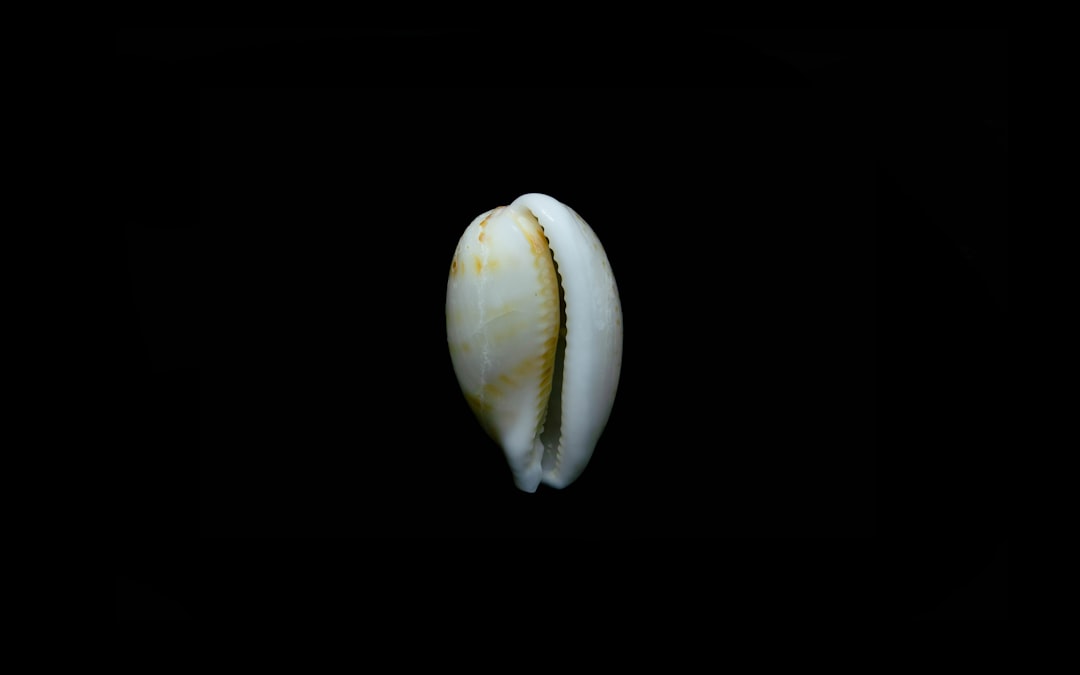What is it about?
Based on a survey of a range of religious practices in Botswana, this study shows how the term “esotericism” can usefully be applied to a number of religious currents in Southern Africa. The authors survey a range of practices, from traditional shamanic healing to Pentecostal NRM s to New Age spiritualities and neoshamanism, some presented here for the first time.
Featured Image

Photo by James Wiseman on Unsplash
Why is it important?
The bulk of the data upon which the scholarly argument is spun is completely new. The study demonstrates continuities and discontinuities in the study of esotericism in the western and non-western worlds. The article helps Southern African esoteric practices take their righful place within the esoteric discourse.
Perspectives
Writing this article was a great pleasure and challenge as it was co-authored not only by people who have never met or known each other but also come from different cultural backgrounds. Written at the height of the coronavirus pandemic and its accompanying lockdowns and social; distancing, our encounters were 'virtual' and limited to exchanges of numerous e-mails. The coronavirus infection I got and survived was not the result of these WhatsApp exchanges. This article is!
Dr. Leslie S. NTHOI
My10-year long first hand experience with esotericism in Southern Africa has helped me understand that it is high time African esotericism became part of western and global discourse. For long time the term "esotericism" was used only for European philosophy, then some Asian ideas joined in, and now African ideaology adds its value. Rich in various forms of shamanism, initiated Christianity and secret cults where esoteric calling, training and initiation are needed, Southern Africa has much to offer. I feel privilidged to be allowed to some mysteries and secrets and to write about them.
Dr Agnieszka Podolecka
University of South Africa
Read the Original
This page is a summary of: Esotericism in Botswana, Aries, December 2021, Brill,
DOI: 10.1163/15700593-20211008.
You can read the full text:
Contributors
The following have contributed to this page










